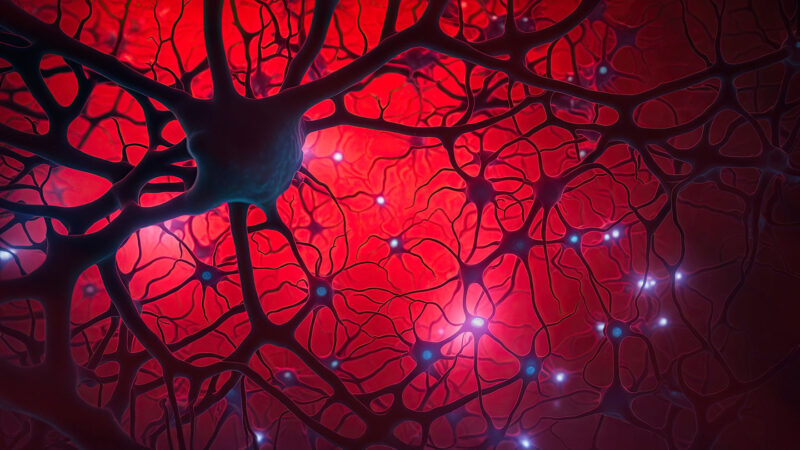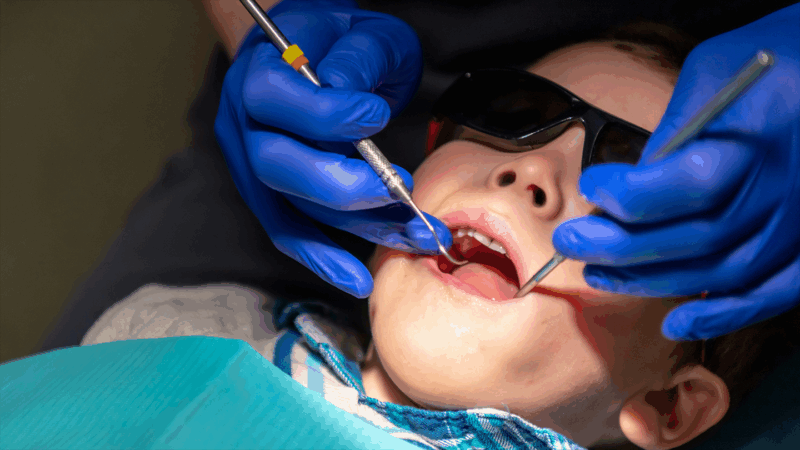Neuroplasticity (noun, “NER-oh-plass-TIH-sih-tee”)
Neuroplasticity describes the brain’s ability to change.
Our brains change throughout our lives. Much of this change involves neurons building new connections, or synapses, or trimming back unused ones. In fact, at this very moment, neurons in your brain are exchanging messages along connections that formed as you learned how to read.
Inside your brain, neurons connect in pathways called networks. Through these networks, we observe the world, process information and make decisions. If these networks never changed, neither would we. But they do change. Through this process of un-building and re-building, we learn, grow and recover from injury.
Changes in the brain come more rapidly at some stages in life. Childhood is one example. As a kid, it’s often easier to pick up new skills, such as learning a language or how to ride a bike. That’s because in childhood, the brain is developing and growing a lot. It’s rapidly making new connections between neurons in response to new experiences. In other words, the brain has high neuroplasticity in childhood.
The teen years are another time of rapid change in the brain. High neuroplasticity also means that some experiences affect rapidly-growing young brains more than older ones. That can include unhealthy experiences, such as drug use. Drugs like cannabis can profoundly affect the development of a young person’s brain.
Scientists once thought that the brain stopped changing once you reach adulthood. But we now know that even after we grow up, our brains adapt. Some changes occur in response to experiences. This allows us to form new memories and learn new information. Some changes occur from aging. For example, the brain’s hippocampus — which plays a role in memory — begins to shrink. This gradual process begins in early adulthood.
Sometimes, the brain changes in response to injury. After injury, the brain attempts to make repairs. First, the brain tries re-routing information around the damaged part. The brain tries using existing neuron connections to carry out the job that used to be done by the damaged part. But after a few days, the brain starts making new connections. This stage can go on for weeks, months or longer.
Some factors increase the brain’s neuroplasticity. Studies show music can help the brain learn better. A healthy diet and exercise also boost brain health.
In a sentence
Neuroplasticity allows the brain to form new memories in the hippocampus, which appears to rely on relatively sparse but strong neural connections.

















